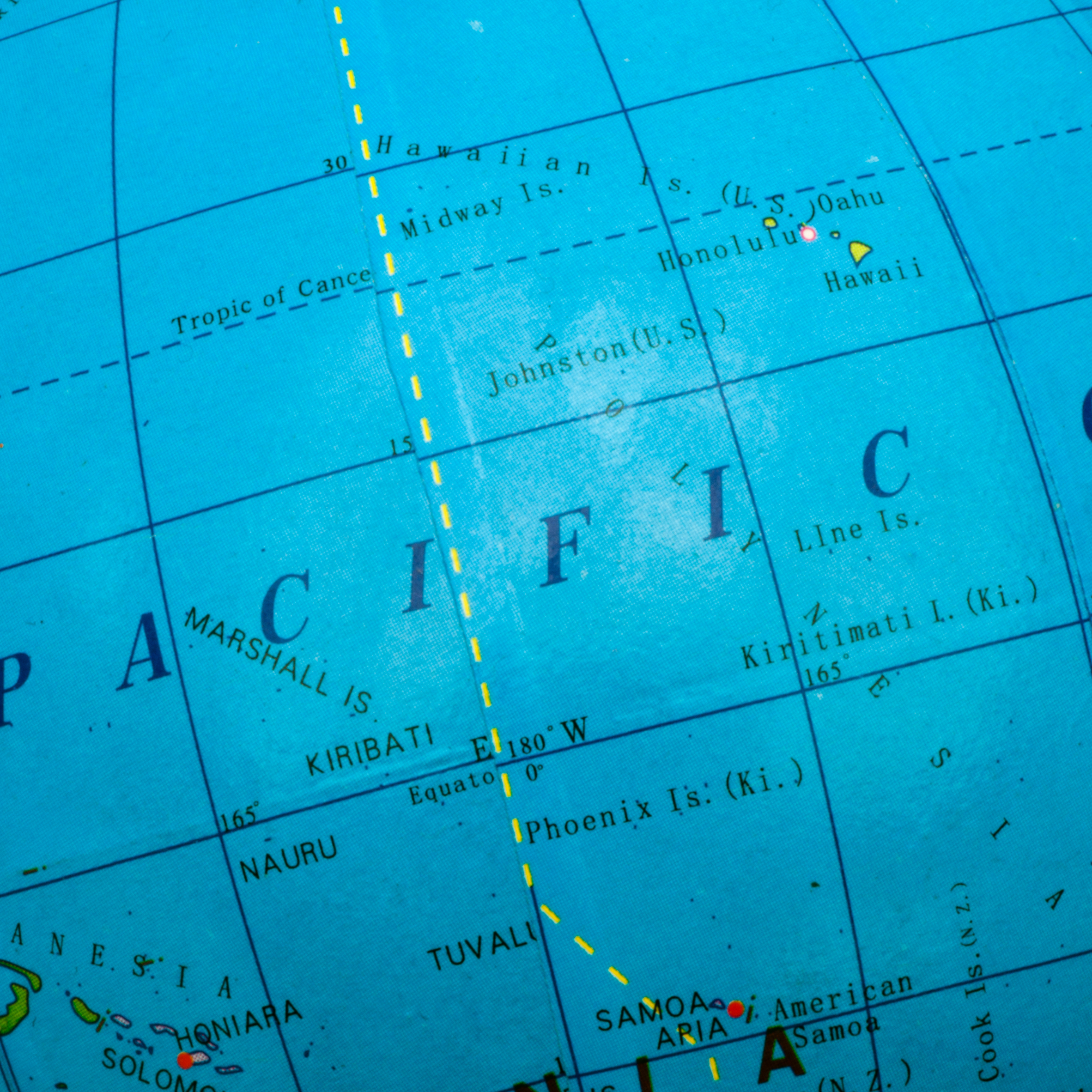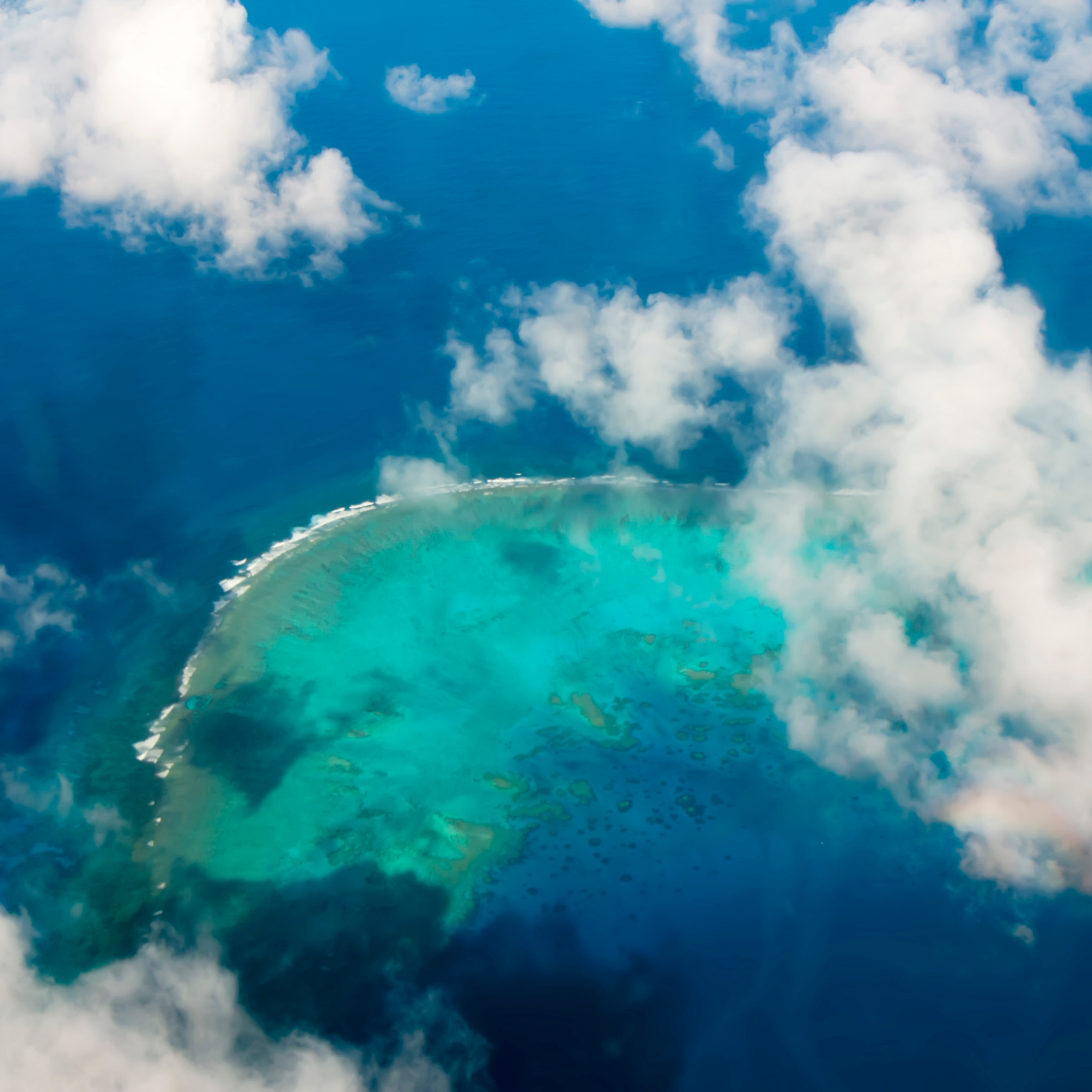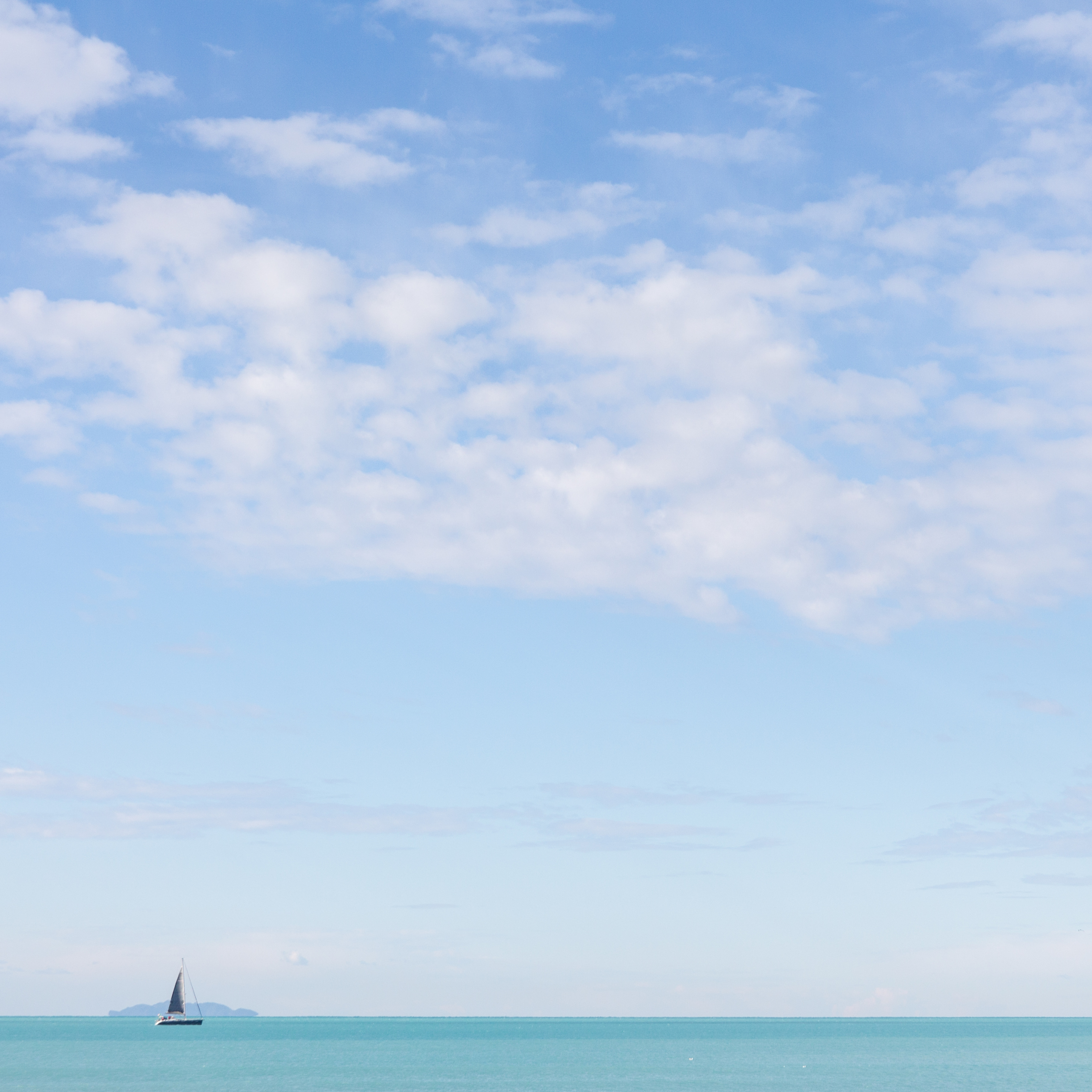Pacific crossing: The basics
Crossing the Pacific Ocean is a huge undertaking that only the most confident and experienced sailors and motor yacht captains have accomplished.
It’s a 3,000 nautical mile journey across unpredictable waters. You can come across long periods of calms, high winds, and rough seas. Yet, every year a number of brave boaters cross this huge expanse of water.
When was the Pacific ocean first crossed?
The first transpacific crossing was recorded in 1521. Portuguese navigator Ferdinand Magellan discovered the Strait of Magellan in 1521, after exploring much of the Southern tip of South America. Finding the way across the strait took Magellan and his men 38 days. They then spent 99 days crossing the ocean westward and landed on the island of Guam.
Can a motor yacht cross the pacific?
A big ocean-going motor yacht with massive fuel (gas) capacity can cross the Pacific Ocean.
In 2017, a Nordhavn 120 was delivered from China to British Columbia. The trip covered 6,000 nautical miles and lasted 38 days. It was no small feat, which is why it ended up making the news. Most people sail across the Pacific on a sailboat, covering roughly a minimum of 3,000 nautical miles.
How long does it take to cross the pacific by boat?
It depends on the speed of your boat and the weather conditions, as well as which route you choose.
Most people cross from Mexico to the Marquesas, which is a little over 3,000 nautical miles. The Galapagos used to make for an excellent jumping off point, but the cost and conditions of a stay are ever-changing.
Get the free DECKEE boating app
DECKEE helps you plan, prepare and explore the waterways with confidence.
What is the best time to cross the pacific?
It depends on where you start and finish your passage. You need to plan your route based around two tropical storm seasons. In the Eastern North Pacific, hurricane season runs from June to November. In the South Pacific, cyclone season occurs between November and May. You can sail in each area safely if you avoid the tropical storm seasons.
For example, if you're going from the US, Mexico, or Panama to the Marquesas, you'll need to cross between April and June. If instead you're crossing from Australia or New Zealand to Tahiti, plan your journey between May and July.
Pacific crossing routes?
There are many routes you can pick to cross the Pacific Ocean. Each traditional route is based around weather and wind patterns (the so-called trade winds).
If you start from the San Francisco area, you can head to Hawaii and then onto the Marquesas. Or you could sail south from there, towards Mexico, and leave Cabo San Lucas to sail directly to the Marquesas.
Alternatively, if you depart from Panama, you can stop at the Galapagos Islands and then continue on to the Marquesas or the Tuamotu Archipelago.
From the South Pacific, you can take shorter passages to get to New Zealand, Fiji , Australia, the Cook Islands, and more.
Starting your voyage from Australia, you can cross to New Zealand and then stop at the Society Islands. From here, you’ll need to set your course north to Hawaii and then continue up towards Canada.
If you leave from Papua New Guinea, you can cross to Japan, rest and then take a route north towards Canada.
These are just some of the traditional route options you have, which are strictly based on the trade winds' patterns. More and more people are now crossing the Pacific at different times, setting their own course. Modern weather forecasting and satellite communication make the crossing a lot safer.
If you’d like to cross the Pacific one day, you’ll need to buy a highly-regarded guide book, such as World Cruising Routes by Jimmy Cornell. These guides contain essential information to help you pick your route and weather window. The best time of year to cross will depend on which route you take and where you plan to spend the cyclone season.
Don't forget to research ports of entry for each country, as you will need to check in before you can explore anywhere on land.
How safe is it to sail across the pacific?
If you cross on a solid and well-maintained boat, with an experienced and capable captain, it can be fairly safe. Of course, you need to take as many safety precautions as possible. Wear a tether and lifejacket on deck and in the cockpit, carry two satellite phones, have the life raft checked before you leave, carry extra food, and more.
Like any big boat adventure, there are risks involved, but you can reduce them significantly by taking your safety seriously.
How big should my boat be to cross the pacific?
Size is important when it comes to an ocean crossing. The bigger the boat, the more comfortable the ride. However, sea-worthiness is crucial. A small boat may be better-built and safer than a big yacht. It all depends on how sturdy it is and what gear you install on board. That said, for a comfortable ride, you’ll want to cross on a boat around 40ft long.
If you’d like to find out more about what makes a blue water sailboat, have a look at this article.
Get the free DECKEE boating app
DECKEE helps you plan, prepare and explore the waterways with confidence.



